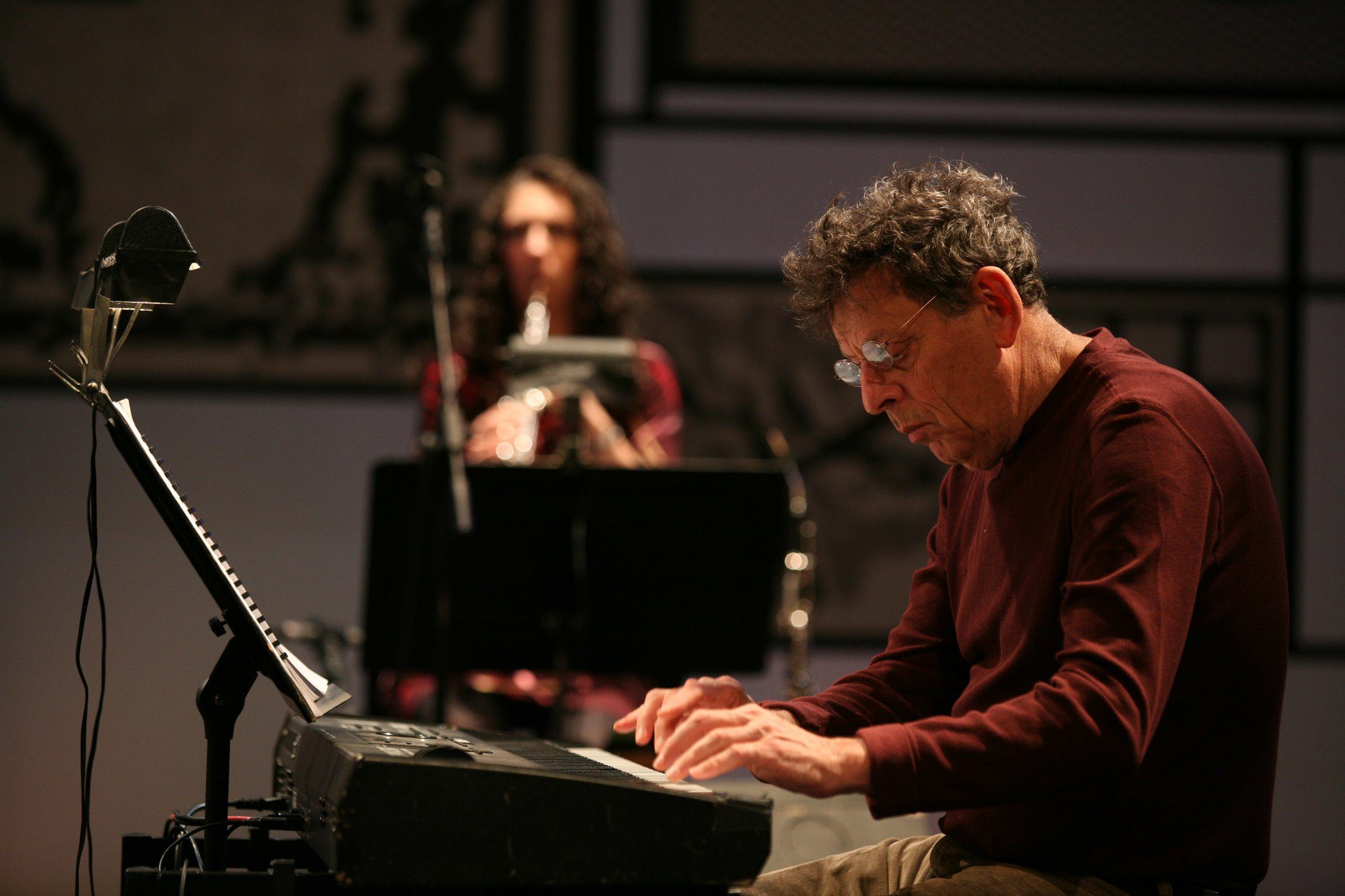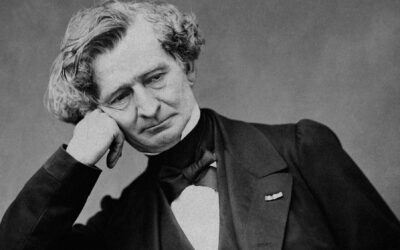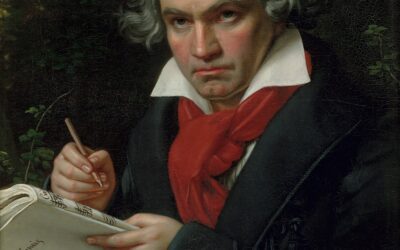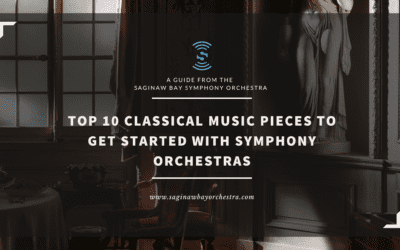Minimalism in music is an intriguing style that invites listeners to engage deeply by doing more with less. Using repetitive motifs, gradual changes, and a focus on simple patterns, minimalist music often evokes profound emotions in an unexpected way. One of the pioneering composers of this genre is Philip Glass, whose works have reached far beyond traditional classical audiences. In this post, we’ll explore how minimalism evolved, Philip Glass’s contributions to the style, and how his piece Company helped shape the genre.
Origins of Minimalism in Music
Minimalism emerged in the mid-20th century as a reaction to the complexity and dissonance of earlier modern classical music, such as the works of Arnold Schoenberg and Igor Stravinsky. Instead of dramatic shifts and intricate harmonic structures, minimalist composers turned to simplicity, repetition, and gradual evolution of patterns. Composers like Steve Reich, La Monte Young, and Terry Riley were some of the first to embrace this new approach, experimenting with slowly changing rhythmic and harmonic patterns that built a meditative sound world.
Minimalism’s straightforward structure offers a striking contrast to the complexity of earlier 20th-century classical styles, like 12-tone music or serialism, which may feel difficult to follow for some listeners. To understand why minimalism feels refreshing, it helps to know a bit about what came before it. In the early 20th century, composers like Arnold Schoenberg developed a method called 12-tone music, where all twelve notes in a musical scale were given equal importance. This method abandoned traditional melodies and harmonies, resulting in music that can sound unpredictable or dissonant to the untrained ear. Serialism, a similar technique, took this concept further by applying strict mathematical rules to elements like rhythm and dynamics. While these methods pushed the boundaries of music composition, they often made the music feel more intellectual and less immediately emotional.
In contrast, minimalism—a style that began in the 1960s with composers like Philip Glass, Steve Reich, and Terry Riley—took a different approach. Instead of complex, unpredictable structures, minimalist music is built on simple, repetitive patterns. It uses small, gradual changes to create a hypnotic or meditative effect. For example, Steve Reich’s Music for 18 Musicians (1976) is a landmark minimalist piece where rhythmic patterns and harmonic shifts evolve slowly over time, making the music feel both calming and emotionally engaging.
Minimalist music, like Philip Glass’s Company, invites the listener to focus on the subtle changes and repetitions. By reducing the number of elements in the music, Glass creates a sense of spaciousness, where each note, rhythm, or chord change becomes significant. This simplicity allows the listener to get lost in the experience, often creating an emotional connection that can feel more immediate than in the complex structures of earlier 20th-century music.
Philip Glass’s Contribution to Minimalism
Philip Glass is one of the most well-known minimalist composers, and his works have had a major influence on classical music and beyond. Glass’s music is famous for its use of repetition and gradual variation. Instead of constantly introducing new themes or melodies, Glass takes a few simple musical ideas and repeats them, making small adjustments over time. This technique allows listeners to become deeply immersed in the music, noticing subtle shifts in texture and rhythm.
Glass’s early works, like Einstein on the Beach (1976), are excellent examples of his minimalist style. Einstein on the Beach is an opera, but it’s very different from traditional operas that tell stories through dramatic arias and orchestral accompaniment. Instead, Glass uses repetitive musical phrases and patterns to create a mesmerizing atmosphere, drawing the listener in with its simplicity. Minimalist music, and Glass’s work in particular, is often described as “hypnotic” or “meditative.” For someone new to classical music, this can be a refreshing contrast to the sometimes overwhelming complexity of earlier 20th-century music. Glass’s music doesn’t require the listener to follow intricate melodies or harmonies; instead, it encourages you to listen to the way small changes build and evolve over time.
Company and Its Role in Minimalism’s Evolution
Company, composed by Philip Glass in 1983, was originally written as incidental music for a theatrical production of Samuel Beckett’s prose work of the same name. While written for the stage, the piece has since become popular in concert settings, highlighting how Glass’s minimalist style can transcend different forms of art. What makes Company particularly interesting is how it bridges the gap between Glass’s earlier, more experimental works and his later, more accessible compositions. Company retains the repetitive, hypnotic qualities that define Glass’s music but introduces a deeper emotional resonance. Unlike his earlier works that were more abstract, Company is often described as being more lyrical and expressive, making it easier for listeners to connect with emotionally.
This shift in Glass’s music reflects a broader evolution in the minimalist movement. Early minimalist works, like Terry Riley’s In C or Steve Reich’s Come Out, were often highly experimental, focusing on process and pattern more than emotion. But by the time Glass composed Company, minimalist composers were finding ways to blend the structural simplicity of minimalism with more emotional depth. For someone unfamiliar with classical music, Company is a great introduction to minimalist music. It’s accessible, easy to follow, and emotionally engaging, making it an ideal entry point for listeners who may be intimidated by more complex classical styles.
Minimalism’s Broader Impact on Classical Music
Minimalism didn’t just change the way composers thought about music—it also had a major impact on how audiences experienced it. Before minimalism, much of 20th-century classical music was highly intellectual, often focusing on complex structures that could be difficult to appreciate without a deep understanding of music theory. Minimalism, with its focus on simplicity and repetition, brought classical music back to something more immediate and accessible. Glass, along with his contemporaries, also influenced genres beyond classical music. Minimalism’s repetitive patterns and gradual builds can be heard in everything from film scores to electronic music. For example, Glass’s own score for the film Koyaanisqatsi (1982) uses minimalist techniques to create a powerful emotional experience, and it’s often cited as one of the most influential film scores of the 20th century. In fact, minimalist techniques are so common in today’s music that many people are exposed to them without even realizing it. Whether it’s the ambient music in a movie or the loops in an electronic dance track, minimalism’s emphasis on repetition and gradual change has become a cornerstone of modern music.
The Lasting Impact of Philip Glass and Company on Music
Philip Glass’s music has inspired countless composers and musicians, and Company stands as a testament to his ability to balance simplicity with emotional depth. By transforming minimalism from a niche, experimental style into something that resonates with wider audiences, Glass has expanded the boundaries of classical music. One of the most important lessons Glass has taught through his music is that you don’t need complexity to create something profound. Company, with its simple patterns and subtle changes, demonstrates how minimalist music can be deeply moving without being difficult to follow. For new listeners, this can be an exciting discovery—realizing that classical music doesn’t have to be complicated to be powerful. Even today, more than three decades after its composition, Company continues to captivate audiences with its unique blend of simplicity and emotion. It’s a perfect example of how minimalism evolved to meet the emotional needs of modern listeners while still maintaining its minimalist roots.
Further Listening Recommendations
If you’re intrigued by Philip Glass and want to explore more minimalist music, here are a few pieces to check out:
- Philip Glass – Einstein on the Beach
Glass’s groundbreaking opera is a prime example of his early minimalist work. Its use of repetitive phrases and abstract structure might challenge traditional operatic expectations, but it’s deeply rewarding. - Steve Reich – Music for 18 Musicians
One of the most iconic minimalist works, Reich’s piece showcases how repetition and gradual harmonic changes can create a mesmerizing soundscape. - Terry Riley – In C
Riley’s In C is another foundational minimalist piece, offering a kaleidoscope of shifting patterns built around a single note, C. - Philip Glass – Koyaanisqatsi
This film score captures Glass’s ability to evoke emotion and tension through minimalism. It’s also a great entry point for those interested in minimalist music in film.
<iframe style="border-radius:12px" src="https://open.spotify.com/embed/playlist/6EBeEI1FJprs8hp7jSP3Sl?utm_source=generator" width="100%" height="352" frameBorder="0" allowfullscreen="" allow="autoplay; clipboard-write; encrypted-media; fullscreen; picture-in-picture" loading="lazy"></iframe>Conclusion
Minimalism has come a long way since its inception, and Philip Glass has been at the forefront of this evolution. His work, particularly pieces like Company, exemplifies how minimalist music can be both reflective and engaging. If you’re ready to experience the beauty of minimalism firsthand, join us at the Saginaw Bay Symphony Orchestra’s performance on September 21, where Company will be brought to life by our talented musicians. For more information on the concert and to purchase tickets, visit saginawbayorchestra.com.
![SBSO Full Logo (color) fullwhite[Converted]](https://www.saginawbayorchestra.com/wp-content/uploads/2022/01/SBSO-Full-Logo-color-fullwhiteConverted.png)










